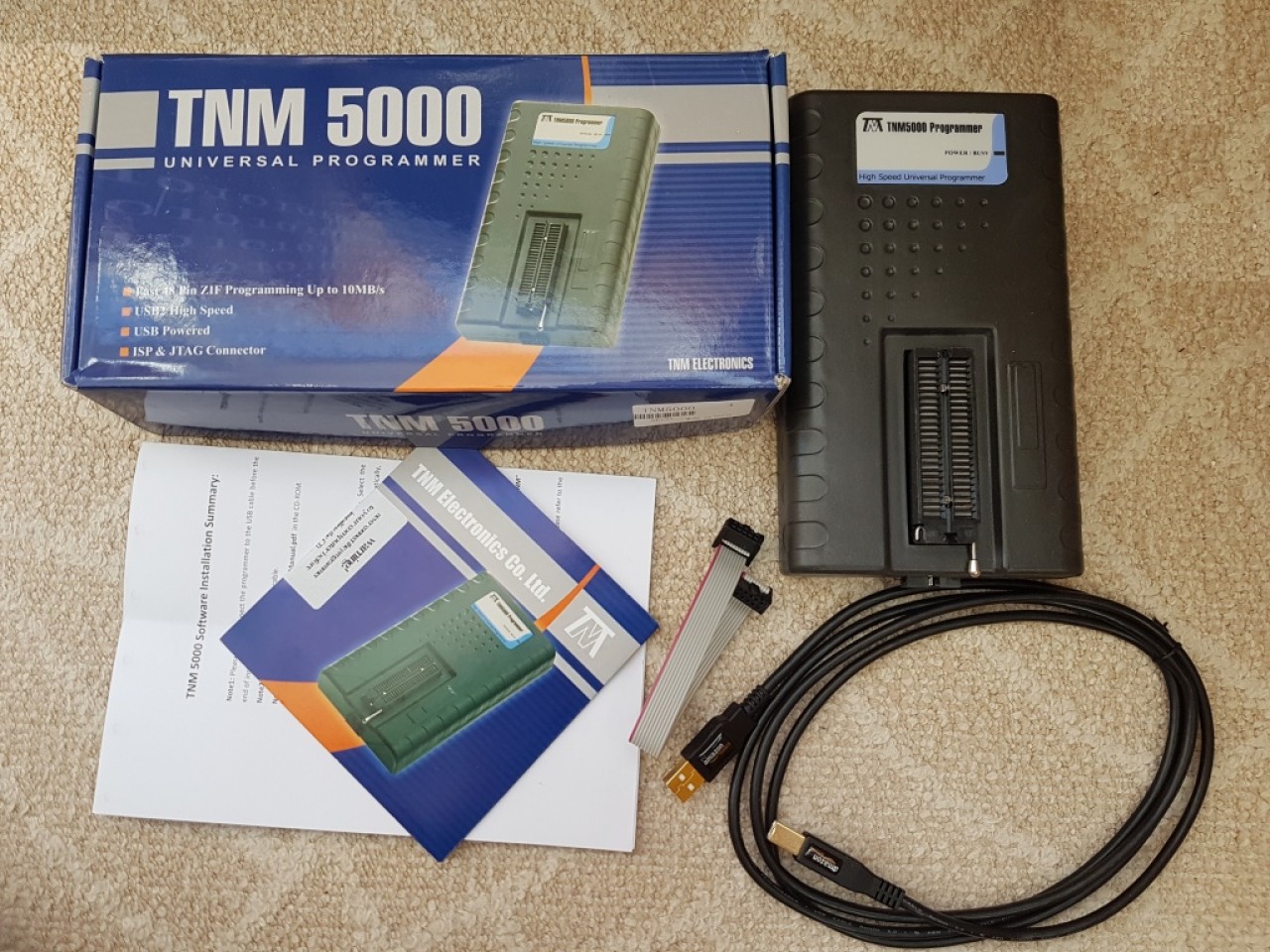

Programming/erasing is performed using standard PLD programmers. See “CMOS PLD Programming Hardware and Software Support” for information on software/programming. It is far easier to change the internals of a programmable logic device than it is to re-layout a circuit board. Software for programmable logic.
Contents • • • • • • • • • • • • Early programmable logic [ ] In 1969, offered the XC157, a mask-programmed gate array with 12 gates and 30 uncommitted input/output pins. In 1970, developed a mask-programmable IC based on the read-only associative memory or ROAM.  This device, the TMS2000, was programmed by altering the metal layer during the production of the IC. The TMS2000 had up to 17 inputs and 18 outputs with 8 for memory.
This device, the TMS2000, was programmed by altering the metal layer during the production of the IC. The TMS2000 had up to 17 inputs and 18 outputs with 8 for memory.
TI coined the term (PLA) for this device. In 1971, Company (GE) was developing a programmable logic device based on the new (PROM) technology. This experimental device improved on IBM's ROAM by allowing multilevel logic.
Intel had just introduced the floating-gate erasable PROM so the researcher at GE incorporated that technology. The GE device was the first erasable PLD ever developed, predating the EPLD by over a decade. Non phixion the green cd zip download for windows 7. GE obtained several early patents on programmable logic devices. In 1973 introduced a mask-programmable PLA device (DM7575) with 14 inputs and 8 outputs with no memory registers. This was more popular than the TI part but cost of making the metal mask limited its use.
The device is significant because it was the basis for the field programmable logic array produced by in 1975, the 82S100. ( actually beat Signetics to market but poor yield doomed their part.) In 1974 GE entered into an agreement with (MMI) to develop a mask–programmable logic device incorporating the GE innovations. The device was named the 'Programmable Associative Logic Array' or PALA. The MMI 5760 was completed in 1976 and could implement multilevel or sequential circuits of over 100 gates. The device was supported by a GE design environment where Boolean equations would be converted to mask patterns for configuring the device. The part was never brought to market. Main article: In 1970, developed a mask-programmable IC based on the read-only associative memory or ROAM.
This device, the TMS2000, was programmed by altering the metal layer during the production of the IC. The TMS2000 had up to 17 inputs and 18 outputs with 8 JK flip flop for memory. TI coined the term for this device. A programmable logic array (PLA) has a programmable AND gate array, which links to a programmable OR gate array, which can then be conditionally complemented to produce an output.